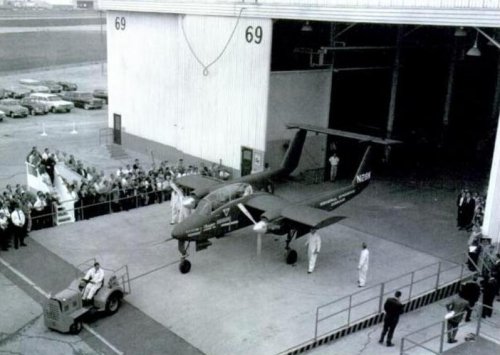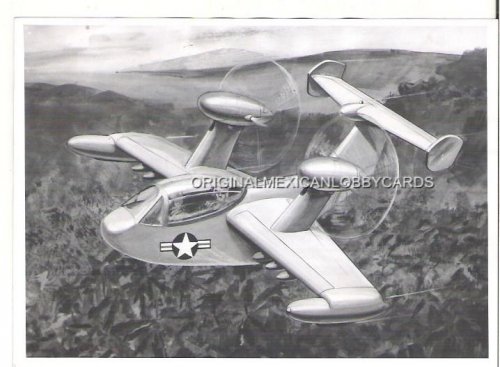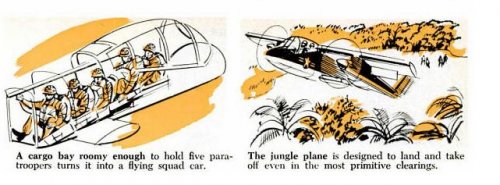Triton said:
Does anyone know the reason(s) why the navy, or Department of Defense, chose the North American NA-300 over the other LARA proposals? Why the army and marines preferred the Convair Model 48 over the North American NA-300?
Performance-wise, the story goes that the Lockheed entrant actually was the best, but Lockheed gambled that the customer weren't really than concerned with the paradrop and ease of loading requirements. They gambled wrong.
Regarding Model 48 vs. NA-300, in virtually every significant performance measure the Model 48 was better (although while both met the requirement for time for engine change, the NA-300 could do it faster) and would be available sooner. Plus, the pilot could survive a ditching in the Model 48. There was some talk that Convair didn't validate their promises on paper as well as North American did. Convair said, "Wait a minute, we've got the actual plane here and can show you it does what we say it does". DoD seemed to feel having sufficient documentation claiming you could do it carried a higher weight than actually doing it. Since the Charger flying around and having the Marines cast covetous eyes at it was kind of an embarrassment to the bureaucracy (which is the worst crime you can commit), it was fortunate from a bureaucratic point of view that that Navy pilot screwed up and crashed the aircraft.
As far as Army goes, even though it would be an idela aircraft for their needs, USAF never would have let them operate the aircraft.















